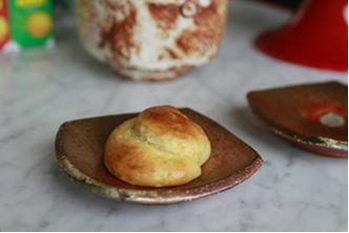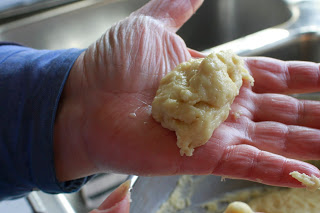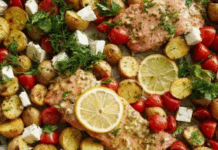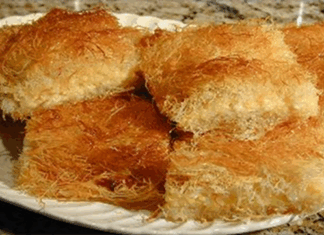SAN FRANCISCO — Steve Sharafian contributed this family recipe from his amazing food blog, A Serious Bunburyist. Choreg (no matter how it is spelled) is a family favorite in most Armenian households. It is the classic Easter bread that our mothers, grandmothers and aunts lovingly made for us each year. (http://ibunbury.blogspot.com/2011/04/choreg.html).
Many cultures have their own variations of this sweet bread. This aromatic, plush Armenian bread is meant to be an indulgence after winter and Lent, but many Armenians eat it year-round as well. It’s perfect for breakfast, lunch or as a snack any day of the week with a hot beverage. It can be formed into individual round or knotted rolls, and — more commonly — into long braided loaves, and the braids are often made with three strands of dough, to represent the Holy Trinity.
From Dining in Diaspora, “For the descendants of survivors who settled in cities like Boston, Detroit, Racine, Chicago, Fresno and Philadelphia and so many other pockets in the U.S., choreg is the cornerstone of their identity, made generation after generation during Easter in the houses they grew up in, intertwined with the most significant childhood memories they had.” (https://www.diningindiaspora.com/food/2018/3/30/choreg-for-armenian-americans-identity-is-braided-into-this-bread)
This is Steve’s story:
In Proust’s Du côté de chez Swann, a spoonful of tea with a few crumbs from a “little shell of cake” awakens a powerful joy and a childhood memory. In my family’s narrative, it is a sip of tea with a snail shell of bread that is the gateway to remembrances. Choreg is the Armenian version of a yeast bread made across Europe and parts of the Near East to celebrate special occasions, especially Easter.









